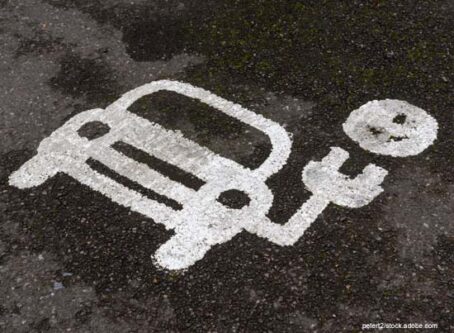OOIDA testifies in support of gliders as affordable option for small-business truckers
The regulation of glider trucks is a perfect example of how small-business owners often pay the biggest price for hasty policies, the Owner-Operator Independent Drivers Association testified during a House subcommittee hearing in Washington, D.C.
The Environment and Oversight subcommittees of the House Committee for Science, Space and Technology held a hearing on Thursday, Sept. 13 to evaluate the impact of glider truck regulations.
“Too often, Washington pursues regulations with little regard for the practical implications or understanding of how they will affect our members,” OOIDA Director of Government Affairs Collin Long told the subcommittee. “The current discussion surrounding glider kits perfectly encapsulates this problem.”
Long testified on behalf of OOIDA’s 160,000 members.
The Obama administration’s Phase 2 greenhouse gas emissions rule rolled back the use of glider vehicles, which are remanufactured truck engines in new truck bodies. In November 2017, the Environmental Protection Agency proposed to repeal emission requirements for gliders. The proposal was met with opposition from environmentalist groups and hasn’t become a final rule.
There also has been controversy surrounding two studies looking at glider emissions. A study conducted by the EPA is being investigated for possible collusion, and Tennessee Tech University pulled back its study.
OOIDA has been supportive of the glider industry, contending that gliders give small-business truckers an affordable option when compared to new trucks. According to the Association, gliders are at least 25 percent less expensive than new commercial motor vehicles and can save owner-operators tens of thousands of dollars.
“Since 2002, federal emission reduction standards have increased the cost of new trucks between $50,000 and $70,000,” Long said. “As a result, purchasing a new vehicle has become prohibitively expensive for small-business owners.
“Unfortunately, our members who have purchased new trucks with the latest emission reduction technology have found them to be incredibly unreliable.”
Along with inflated costs of new trucks, Long said OOIDA members have to cope with expensive repairs and the lost revenue caused by not having the truck on the road.
Gliders, however, are more reliable and are less expensive to maintain, Long said.
“Drivers typically purchase glider kits with remanufactured engines because it allows them to diagnose and repair mechanical issues without the need for a dealer technician or specialized equipment,” he said.
A glider truck’s fuel efficiency over new trucks was also touted.
“A glider kit’s reliability extends beyond routine maintenance, as fuel efficiency is either closely matches, or in some cases, exceeds a new truck’s,” Long said. “On average, each of our members purchase over 19,000 gallons of fuel per year. An increase in fuel efficiency by just 1 mile per gallon would save almost 3,000 gallons of diesel per truck.”
In addition to Long’s testimony, Linda Tsang, legislative attorney for Congressional Research Service; Paul Miller, deputy director and chief scientist for Northeast States for Coordinated Air Use Management; and Richard Belzer, independent consultant in regulation, risk, economics and information quality, testified regarding EPA’s implementation of the rule and the validation of recent emissions studies on gliders.
But while most of the comparisons revolve around how gliders and new trucks affect the environment, OOIDA said most of its members don’t consider new trucks as an option. Without gliders in the market, Long said, most of small-business truckers will either look to continue driving their current truck or purchase a used truck.
“A lot of our members are forced to drive their current trucks into the ground before they even consider replacing them,” Long said. “These trucks aren’t necessarily any cleaner than a glider kit, which they can at least specify with better aerodynamics, better fuel efficiency. The choice for our members is whether or not to continue with their current truck or purchase a glider truck, because they can’t afford a new truck at this point.”
OOIDA said it hopes the voice of the independent trucker doesn’t get lost in the discussion of whether or not gliders remain an option.
“We think this is just another example of smaller businesses getting lost in the discussion and allowing a government entity and a large corporation to dictate the outcome when our members are going to bear the largest burden, whether it be cost, or possible even running them out of business,” Long said.
Video of the complete hearing can be watched here.









